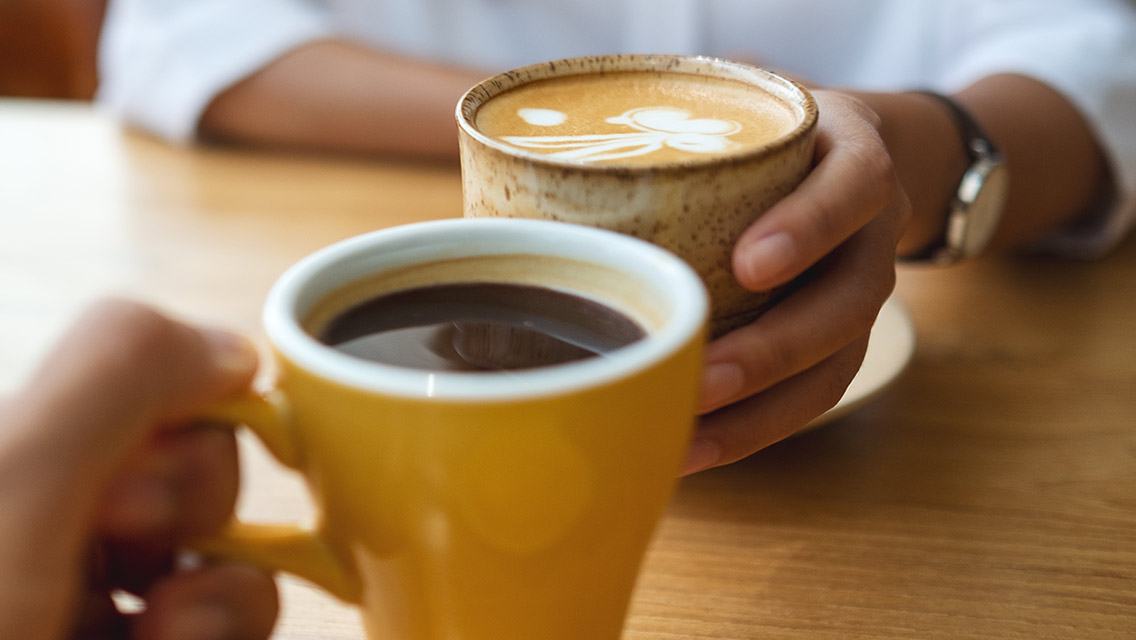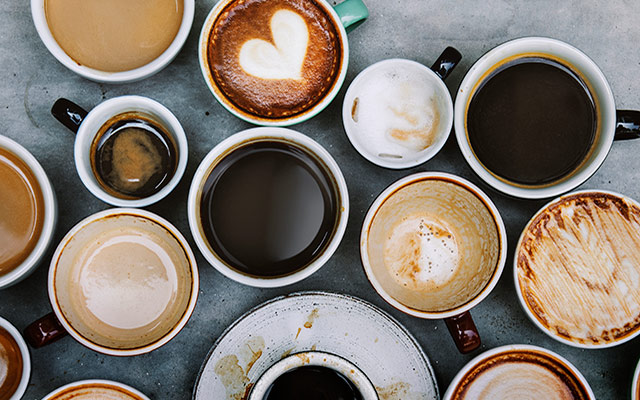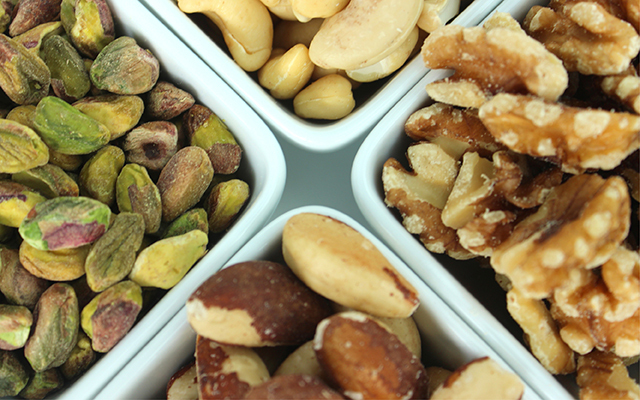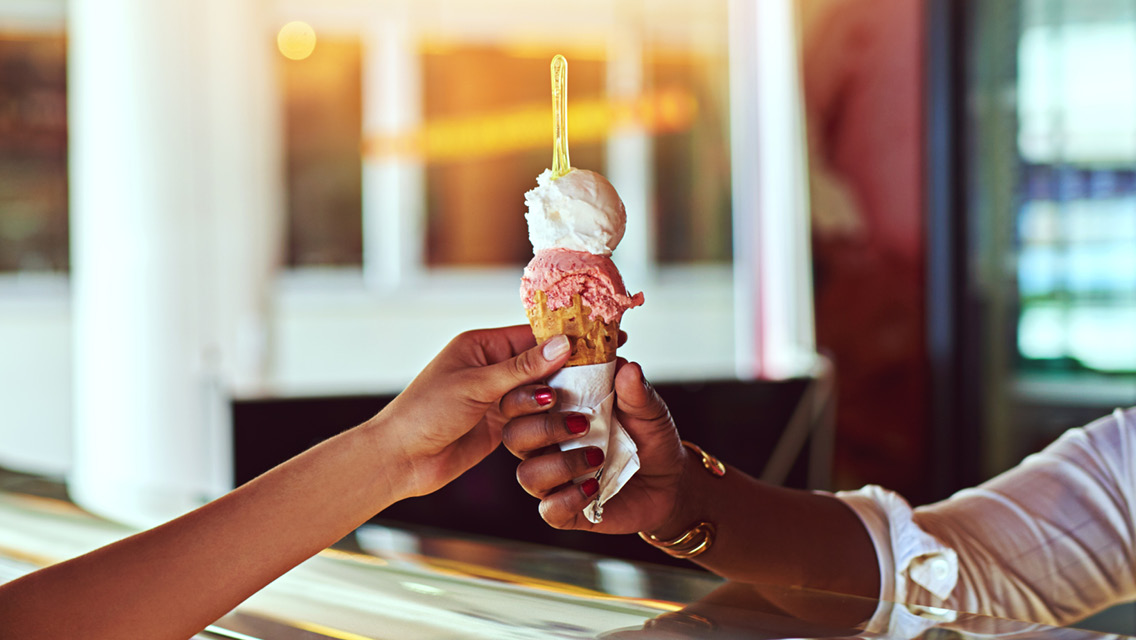On those afternoons when our schedules allow it — which is to say most afternoons — My Lovely Wife and I will rendezvous for a coffee break. If we’re at home, we’ll gather in the kitchen, grind some beans, and brew a cup for each of us. She opts for a pour-over; I prefer a latte from our ancient Moka Express pot. I’ll froth some milk in a pan while she selects an accompanying treat and sets our places, just so, at the dining room table.
On those days when we convene at our favorite coffee shop, it’s less of a ritual and more businesslike. We may chat a bit over the tops of our computer screens, but we’re there to work. The coffee is an accessory rather than the reason for our gathering. Still, it’s the bean that serves as the common thread for these get-togethers, something I couldn’t have predicted even a few short years ago.
I’ve endured a long and somewhat tortured relationship with this most popular (and often troublesome) beverage, and a raft of recent research now suggests that my cautious daily consumption — a single cup of espresso — may warrant less caution. We’ll get to the various reports in due time, but first a little history.
As a young adult, I gradually developed a morning habit of gulping two cups of coffee before heading off to meet the demands of the world. I soon discovered, however, that my morning dose of caffeine was no longer optional. Without that jolt, my body would revolt by producing a nasty headache. Addictions have a way of focusing the mind on pain avoidance, so I continued my two-cups-each-morning regimen until my early 40s, when I was slightly alarmed to find my heart pounding wildly in my chest every afternoon around 2 or 3.
There’s a long and gnarly history of heart disease in my family, so those palpitations called for some action. I recounted the episodes to my homeopath, who asked me about my caffeine consumption and quickly arrived at a simple solution: Just stop drinking coffee.
I admitted this was not as simple as it may sound, and described the debilitating headaches that occurred whenever I avoided the brew. He countered by suggesting that I take a dose of homeopathic coffee (Coffea cruda) whenever I felt a headache coming on.
“How long will I have to do this?” I asked.
“The headaches should dissipate in a couple of weeks,” he noted.
Two days sans coffee, I was free of symptoms. And thus began a long period during which a certain caffeine calculus — what was safe, what was not — became necessary whenever I was faced with a beverage choice. Eventually, I landed on a formula that worked: a cup of chai in the morning and that latte in the afternoon. Just one cup.
To hear the new coffee evangelists tell it, though, I should consider boosting my consumption. Here’s just a sample of some of the more notable recent research:
- A study published last fall in the European Journal of Preventive Cardiology found that drinking two to three cups of coffee a day was associated with a longer lifespan. Participants who drank that much ground coffee were 27 percent less likely than their counterparts who eschewed the beverage to die from any cause during a 12-and-a-half-year follow-up period.
- More recently, BMJ Medicine published research suggesting that regular caffeine consumption could contribute to a lower body-mass index and lower fat mass as well as reduce the risk of type 2 diabetes.
- And just last week, the New England Journal of Medicine reported the results of a study showing that participants were more physically active — indeed, they walked an extra 1,000 steps — during days in which they drank coffee.
For the NEJM study, Gregory Marcus, MD, a professor of medicine at the University of California, San Francisco, and his team recruited 100 healthy men and women. By equipping them with Fitbits, continuous glucose monitors, and electrocardiogram devices, the researchers were able to collect physiological data over a 14-day period. The participants drank as much caffeinated coffee as they desired for two days, skipped the brew for the next two days, and repeated the pattern for the two-week study period. To track their consumption in real time, researchers instructed participants to press a button on their heart monitor whenever they were about to drink a cup.
During their coffee-drinking days, participants on average quaffed one to three cups — a few drank as many six. The effect on their energy levels was particularly noteworthy, Marcus tells the Washington Post, even though he can’t explain that extra 1,000 steps they took on those days. (Perhaps they were searching for bathrooms.) “That’s a clinically relevant difference in physical activity that may have long-term positive implications,” he says.
If they can handle a little sleep deprivation, that is. On the days participants skipped their coffee breaks, they slept for about 7.2 hours; on their coffee days, they enjoyed only about 6.6 hours of shuteye.
Their coffee intake also showed up in the form of what’s called premature ventricular contractions, which can make you feel like your heart skipped a beat. It’s a rather common occurrence even among healthy people, but participants recorded about 50 percent more of these contractions on the days they imbibed. In a 2015 study Marcus coauthored, the results suggest that those who consistently experience more of the palpitations were more likely to develop heart failure.
“That doesn’t mean everyone,” he tells the Post. “But we do know that the more you have the higher the risk.”
I can’t say for certain that the heart-thumping afternoons I experienced back in my two-cups-a-morning coffee habit matched the symptoms Marcus describes, but it’s still clear to me all these years later that cutting the caffeine solved the problem. So, I suppose it’s possible that I may be missing an opportunity to boost my physical activity — and maybe even extend my lifespan — by refusing to return to those caffeine-fueled routines, but I think I’ll take my chances.





This Post Has 0 Comments